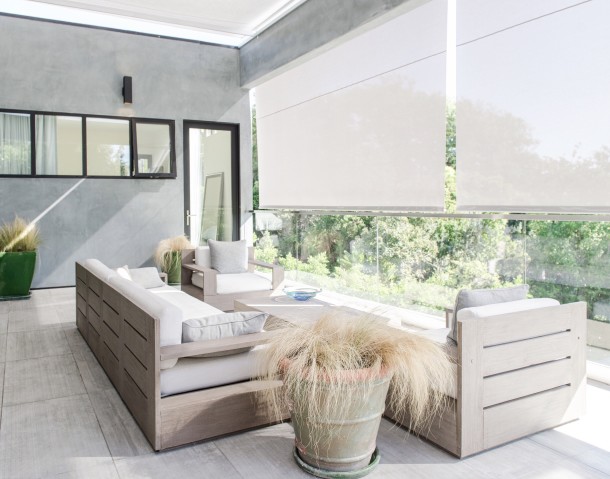Creating Beautiful and Functional Designs That Work For You
While utility is expected, people crave things that stand out. A mix of functionality and aesthetics can give you both. You don’t have to choose between them – a great designer will find a balance that appeals to both sides. This article will look at usability, clarity, movement, and color associations. If you’re struggling with a project, follow these tips for creating beautiful and functional designs that work for you.
Usability
Usability is an important component of any website or app design. Websites and products that are difficult to use will be rejected by consumers. A product that is easy to use means that users can accomplish their tasks or goals without any assistance. Nielsen Norman Group defines usability as “ease-of-use”.

Clarity
Clear communication is key to achieving design goals. It will help users identify the most important content and navigate through it easily. Clear design considers a range of factors, including user experience as well as aesthetics. For example, an effective layout will make navigation and scanning easy. It will also promote focus and attention. Clear design is also helpful for those who are unfamiliar with the subject.
Color associations
Using color theory to improve your product design can be effective in several areas. The psychological impact colors can have on a customer is the main reason. It is possible to understand the psychology behind different colors and choose the right color scheme for your product. When designing a product or service, you can use color associations to your benefit. Here are five ways color can affect your business. Learn how to use color psychology in your business.
Symmetry
A symmetrical design is more appealing than an asymmetrical one. Asymmetrical designs may be more visually appealing than asymmetrical, but they can be more effective in drawing attention to monotony and breaking it apart. This style is great for content and patterns. If used correctly, symmetry can make your website stand out and increase subscriber involvement. Asymmetrical designs also work well for asymmetrical websites, which often have large amounts of content or repetitive information.
Asymmetries
Asymmetrical layouts draw attention in different directions, making your space seem more lively and inviting. Examples of asymmetrical layouts include the shapes and colors of trees and mountains as well many album covers. Asymmetry creates visual tension and interest when paired with symmetry. Contrasting shapes and colors can be used to create a functional design that suits your style and meets your needs. Vectornator has a Shape tool that can help you get started.
Harmony
It is possible to create an aesthetic experience that is pleasing by following design principles like repetition and balance. These principles are the building blocks of good design and work together to create beautiful and functional designs. Rhythm is created when lines and shapes are repeated in a composition. Repetition of lines and shapes reinforces the focal point. Balance is also created by repetition of shapes. Repetition of shapes and colors reinforces the focal point.
Contrast
Contrast refers to combining different elements. Contrasting images or designs creates curiosity. Designers can subtly manipulate viewers’ eyes to influence their actions. For example, contrasting a heavy block of text against a light background forces a visitor to read it. A graphic stating that 75% of items are on sale for a limited time can convince someone to click through an online catalog. Contrast helps you increase conversions and persuade visitors to buy more.
Shape
You can create beautiful, functional designs by using visual principles. Use the rules of balance, rhythm, space, and contrast. Visual balance is essential for your work and life. Imagine how you’d like to feel when doing yoga. You should aim for visual weight as well. Larger elements are more heavy, while smaller ones are lighter. Your life and work should be reflected in the design.